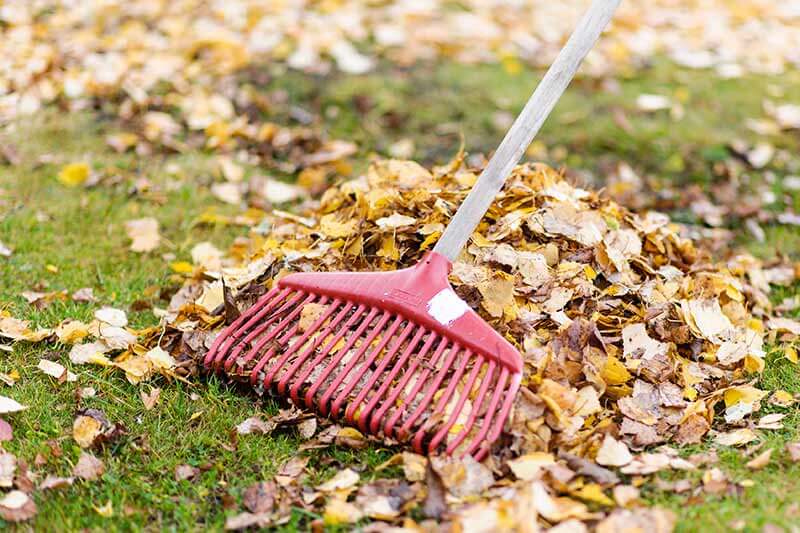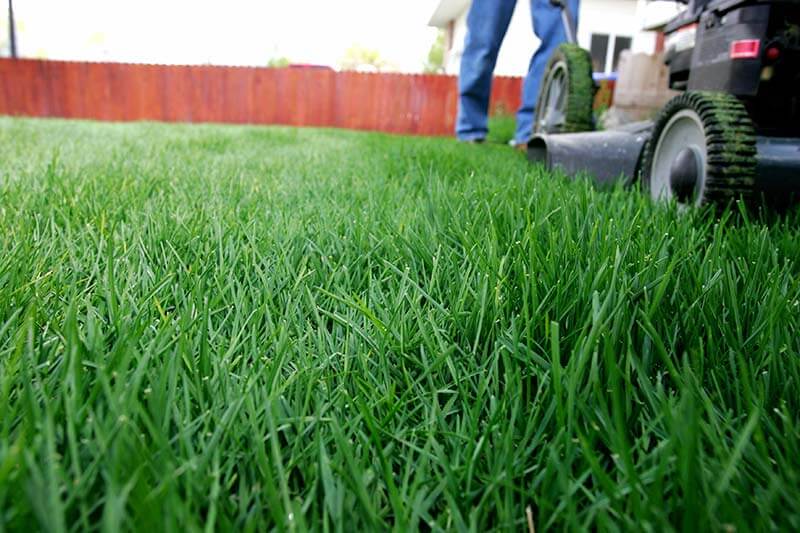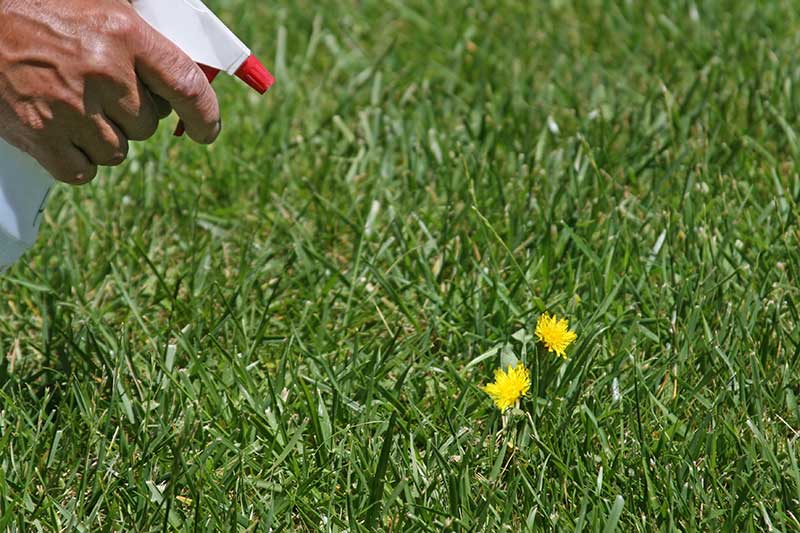Lawn Care Calendar for Cool-Season Lawns
Getting your timing right on lawn care tasks is important to growing and maintaining a healthy, attractive lawn. Cool-season lawn grasses, such as Kentucky bluegrass, fine and tall fescues, and perennial ryegrass, flourish in northern regions, where their growth peaks in the cool temperatures and plentiful moisture of fall and spring.
With the help of this month-by-month guide, you can stay on top of cool-season lawn care and keep your lawn looking great all year. Weather patterns that affect lawns vary from year to year, and seasonal changes move through a region over several weeks. So, always look to your lawn and your local conditions first, but let this care calendar help guide your work.
Click here for an infographic!
January
- Use de-icing salts carefully; salt buildup in soil damages grasses and other plants.
- Get your mower and lawn tools prepped, sharpened and ready for spring. Repair shops are less busy in winter months.
- Avoid allowing foot and vehicle traffic on frozen grass, as both will leave bare spots and paths behind.
February
- Test your soil, if due, any time it isn't frozen or overly wet. You can still get results in time to make soil corrections before the spring lawn care season arrives. Test healthy lawns every three to four years, and problem spots annually.
- Flush salt-impacted or pet-stressed areas with water as soon soil thaws enough for water to move through it freely. This leaches salts away from roots and reduces potential damage.
March
- Rake lawns to remove debris and dead grass once snow recedes and grass and soil are fairly dry. Raking fights snow mold and other fungal lawn diseases by improving air circulation and releasing trapped moisture.
- Apply fast-acting lime or other soil amendments as needed and according to soil test results.
- Treat lawn moss. Moss is most vulnerable during active growth in cool, wet weather.

April
- Start mowing at the first signs of growth, but mow slightly shorter than normal mowing heights. Dispose of the clippings from your first few mowing's, in case of fungal disease.
- Apply pre-emergent herbicides, such as crabgrass preventer, before crabgrass seed germinates. This happens when soil temperatures near 55 degrees Fahrenheit.
- Repair bare lawn spots. A combination premium repair product, such as Pennington Smart Patch II, easily handles damage from snow removal equipment,voles, salts or pets.
- Catch up on seeding before summer arrives. Next to fall, spring is the best time for seeding cool-season lawns with premium grass seed, such as Pennington Smart Seed.

May
- Mow at recommended heights, leaving clippings on the lawn. A benefit of natural grass, clippings improve soil and add nutrients.
- Spot treat tough weeds with post-emergent herbicides. Treatment is most effective when weeds are small and actively growing.
- Fertilize lawns, according to soil test recommendations. Pennington Full Season Lawn Fertilizers, with 5% iron for deep greening, feed your lawn for up to four months and keep it vibrant and green.
June
- Provide established lawns with 1 inch of water per week (including rainfall). That's roughly equivalent to 620 gallons per 1,000 square feet.1
- Raise mowing heights to 3 to 4 inches. High blades shade roots and encourage deep growth and heat resilience.

July
- Treat destructive grubs and other turf pests. Small, newly hatched grubs feed on grass roots right near the surface.
- Maintain taller grass heights throughout summer heat. Never remove more than one-third of the blade in a single mowing.
August
- Test your soil, if needed, for cool-season corrections before seeding.
- Aerate compacted soil, dethatch lawns, and plan fall tasks as cool-season grass return to active growth.
- Overseed to prevent or strengthen thinning lawns. Do this 45 days before your region's first expected frost.3
- Seed new lawns. Warm soil, cooler temperatures and fall moisture make late summer and early fall prime time for germination. Keep newly seeded or overseeded areas consistently moist.
September
- Fertilize cool-season grasses. Feed in late summer or early fall, six weeks before your region's anticipated first frost date.2
- Treat post-emergent broadleaf weeds with spot treatments or weed & feed products, which combine fertilizer and herbicide. Avoid weed & feed on newly seeded areas.
- Gradually lower mower blades back to regular mowing heights.

October
- Add lime or other soil amendments, according to soil test results. Fall applications let amendments work over winter.
- Mulch or collect fallen leaves, as unraked leaves can suffocate grass.
- Reduce supplemental watering. Provide 1 inch every 10 to 14 days.4
November
- Keep mowing until grass stops growing. Your final mowing should be slightly lower than normal to reduce the risks of snow mold and vole damage.
- Keep watering, if needed. Grasses should enter winter fully hydrated, but without the soil being overly wet.
December
- Clean and winterize your lawn mower and other tools and equipment.
- Stay tuned in to the Pennington Seed blog and email newsletters for inspiring advice, information and lawn and garden tips.
- Whether you're caring for your first cool-season lawn or you're a lawn care veteran, keeping up with monthly tasks will put you ahead of the game. With this helpful care calendar and premium grass seed products from the Pennington Seed line, your cool-season lawn will enjoy every advantage, every month of the year.
Pennington, Smart Seed, and New and Improved One Step Complete are registered trademarks of Pennington Seed, Inc.
Always read product labels and follow the instructions carefully.
Sources:
1. Fresenburg, Brad S. and Miller, Lee, “Cool-Season Grasses: Lawn Maintenance Calendar," University of Missouri, February 2015.
2. Goatley, Michael Jr., Askew, Shawn and McCall, David, “Fall Lawn Care," Virginia Cooperative Extension.
3. Turfgrass Water Conservation Alliance; “Simple Tips," October 2014.
4. Mugaas, Bob, “Lawn Care Tips for October – Yes, Really, Lawn Care in October," University of Minnesota, September 2010.
5. Ash, Cynthia, "Snow Molds in Lawns," University of Minnesota, February 2000.




